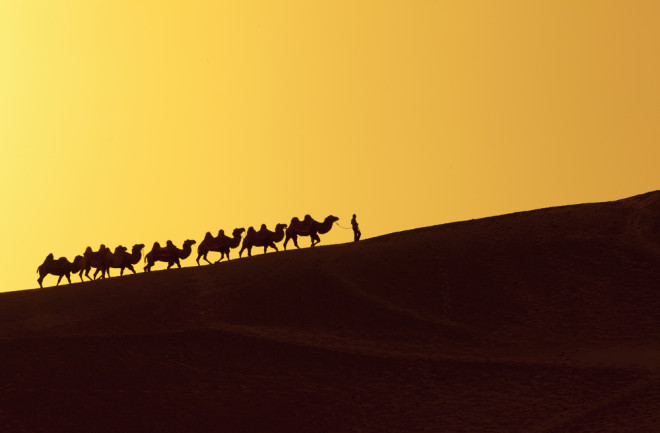To most Westerners, the Silk Road conjures images of exoticism: caravans of spices and silks, open-air markets filled with brightly-clothed hawkers and merchants, rolled carpets stacked high, turbaned travelers and monks from mountain monasteries.
To someone from the historical East, encompassing central, south and south-east Asia, the legendary trade route that linked the two civilizations would have done the same, if in reverse. Knights and Roman legionnaires, castles and Christianity — foreign concepts carried by traders and missionaries from the mysterious lands past the Eurasian Steppes.







